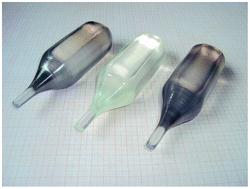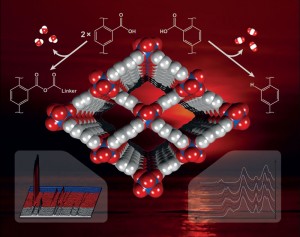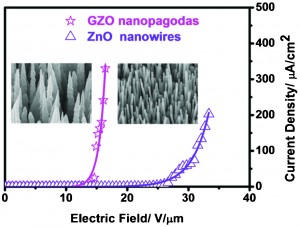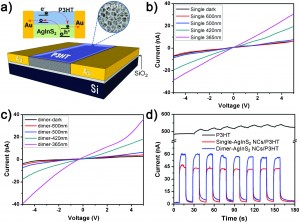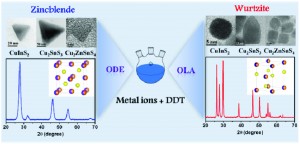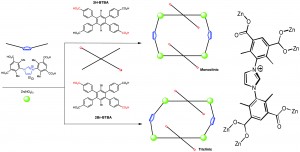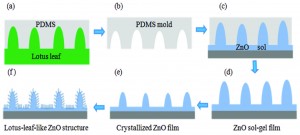YVO4 microcrystals have generated much interest due to their optical, thermal and mechanical properties, which make them useful in devices such as panel displays and lasers. However, most of the synthetic methods currently used are complex, and the crystals made are not very uniform or disperse.
In this paper, the authors have synthesised monodisperse YVO4:EU3+ submicrocrystals via a simple ethylene glycol assisted hydrothermal method. By fine-tuning the pH of the reaction solution, they were able to obtain various crystal morphologies, such as flower-like, spherical, and octahedral shapes. An investigation into the growth mechanism suggested that the growth happens via a three-step nucleation, oriented aggregation and ripening process.
The luminescent properties of the octahedral and spherical crystals were also carried out. The two forms had similar excitation and emission spectra, with a peak corresponding to red light, although the octahedral crystals had a much stronger intensity than spherical crystals. The simple synthetic method, together with the emission characteristics of these monodisperse crystals make them good candidates for applications in optoelectronic devices.
Find out more from their article:
Monodisperse YVO4:Eu3+ submicrocrystals: controlled synthesis and luminescence properties
Baiqi Shao, Qi Zhao, Ning Guo, Yongchao Jia, Wenzhen Lv, Mengmeng Jiao, Wei Lü and Hongpeng You
CrystEngComm, 2013, Advance Article
DOI: 10.1039/C3CE00074E, Paper












